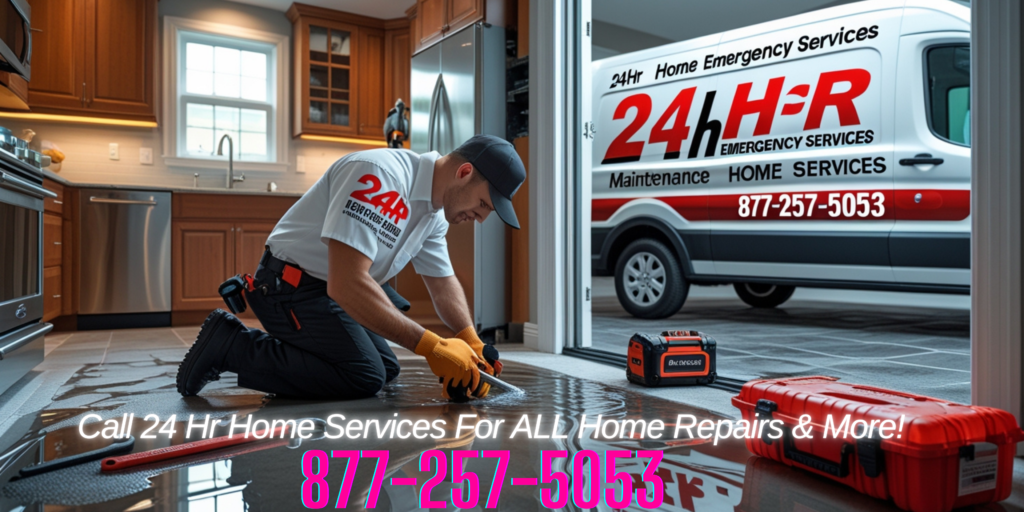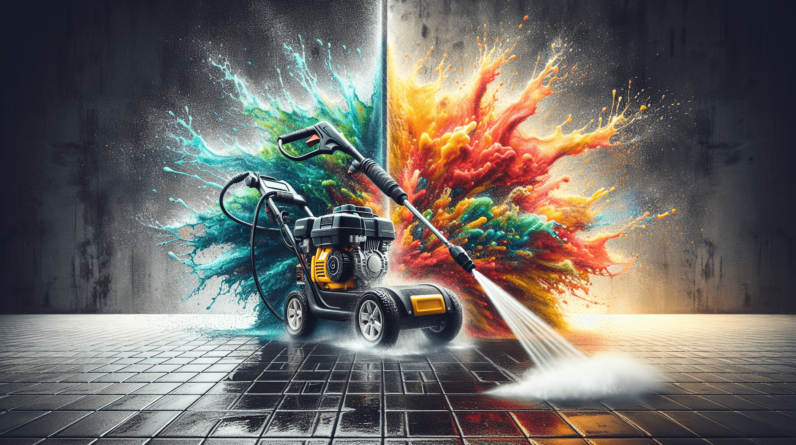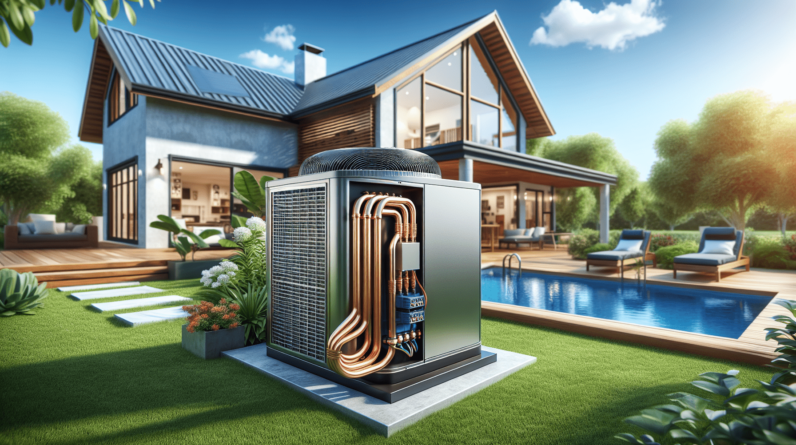
Have you ever wondered what wear and tear on a roof actually looks like? Whether you’re a homeowner or simply curious about the maintenance of roofs, understanding the signs of wear and tear can save you from potential headaches down the line. From cracked shingles to sagging gutters, this article will explore the different ways that wear and tear manifests on your roof, helping you identify and address any issues before they worsen. So, let’s take a closer, friendlier look at the telltale signs that your roof may be in need of some TLC.
Different Types of Roof Wear and Tear
Weathering
Weathering is one of the most common types of wear and tear that roofs experience. Over time, exposure to the elements such as sunlight, rain, wind, and temperature changes can cause the roofing materials to deteriorate. The constant exposure to UV rays can make the shingles fade in color and become brittle, while the expansion and contraction caused by temperature changes can lead to cracking and splitting.
Damage from Debris
Debris, such as leaves, branches, and other organic materials, can accumulate on the roof over time. If not regularly cleared, this debris can trap moisture and cause the shingles to decay. Additionally, strong winds can blow debris onto the roof, leading to surface damage and even punctures if the debris is sharp or heavy.
Leakage
Roof leakage is a clear sign of wear and tear. Whether caused by damaged or missing shingles, cracked flashing, or deteriorated seals around chimneys or vents, water leaks can cause significant damage to your roof and your home’s interior. It is crucial to identify and address any signs of leakage promptly to prevent further deterioration and potential structural issues.
Cracking
Cracking is a common issue in older roofs that have experienced years of wear and tear. It can occur in shingles, flashing, or even the roof’s underlying structure. Cracks can allow water to seep into the roof and cause further damage if left untreated. Regular inspections can help detect cracks early on, ensuring timely repairs and preventing more extensive problems.
Deteriorated Flashing
Flashing plays a crucial role in keeping your roof watertight by sealing the joints and areas where the roof meets other structures, such as chimneys, skylights, or vent pipes. Over time, flashing can deteriorate due to exposure to the elements, causing it to become loose, cracked, or corroded. Damaged flashing can lead to water infiltration and compromise the integrity of your roof.
Moss and Algae Growth
Moisture and shade can create a favorable environment for moss and algae to grow on roofs. While it may initially seem like a cosmetic issue, moss and algae growth can actually cause damage. They can retain moisture on the roof’s surface, leading to decay, and their roots can penetrate and loosen shingles, further compromising the roof’s integrity.
Sagging
Sagging is a serious issue that indicates significant structural problems with the roof. It can be caused by excessive weight, water damage, or weakened supporting structures. Sagging roofs are not only unsightly but also pose a safety risk. If you notice any signs of sagging, it is crucial to contact a professional roofing contractor immediately to assess the situation and make necessary repairs.
Missing or Damaged Shingles
Missing or damaged shingles are a clear sign of roof wear and tear. Shingles can become loose, cracked, or even blow off due to age, improper installation, or severe weather conditions. When shingles are missing or damaged, the underlying layers of the roof are exposed to potential water damage, leading to more extensive issues if not addressed promptly.
Granule Loss
Granules on asphalt shingles serve to protect the shingle’s underlying material from UV rays and provide fire resistance. Over time, weathering and age can cause these granules to wear off, leaving the shingles vulnerable to the elements. Excessive granule loss can accelerate the deterioration of shingles, making them less effective in keeping your home protected.
Blistering
Blistering occurs when air or moisture becomes trapped between the layers of the roof’s material, causing bubbles or raised areas on the surface. This can happen due to poor ventilation, extreme temperature changes, or improper installation. If left unaddressed, blistering can lead to further damage, such as cracking, and compromise the roof’s integrity.
Signs of Roof Wear and Tear
Damaged or Curling Shingles
One of the most noticeable signs of roof wear and tear is damaged or curling shingles. Shingles can become cracked, split, or start to curl at the edges due to exposure to the elements, age, or poor installation. Damaged or curling shingles not only detract from the overall appearance of your roof but can also allow water to infiltrate beneath them, causing further damage.
Visible Cracks or Gaps
If you observe visible cracks or gaps in your roof’s surface, it is a telltale sign of wear and tear. These cracks can occur in shingles, flashing, or other roofing components. They can allow water to seep into the roof, leading to water damage and structural issues. Regular inspections can help identify any cracks or gaps early on, preventing more significant problems.
Water Stains on Ceiling or Walls
Water stains on your home’s interior ceiling or walls are a clear indication of a roof leak. These stains can appear as discolored patches or streaks, often accompanied by a musty odor. If you notice water stains, it is crucial to address them promptly to prevent further damage and potential mold growth.
Roof Leaks
The presence of roof leaks is perhaps the most alarming sign of wear and tear. Leaks can manifest as dripping water, water stains, or even water pooling in your attic. Roof leaks can result from various issues, including damaged shingles, cracked flashing, or deteriorated seals. It is essential to locate the source of the leak and have it repaired as soon as possible to avoid further damage to your roof and home.
Buckled or Sagging Roof
A buckled or sagging roof is a severe sign of wear and tear and can indicate significant structural issues. It can occur due to excessive weight on the roof, weak supporting structures, or moisture damage. A visibly uneven or sagging roof line should not be ignored, as it can lead to further structural damage or collapse. Consult a professional roofer immediately if you notice any buckling or sagging on your roof.
Loose or Missing Flashing
Flashing is vital in ensuring a watertight roof by sealing vulnerable areas and intersections. If you notice loose or missing flashing around chimneys, skylights, or vent pipes, it is a sign of wear and tear. Damaged or absent flashing can allow water to penetrate the roof, causing internal water damage and compromising the roof’s overall integrity.
Excessive Granule Loss
Excessive granule loss on asphalt shingles can indicate significant wear and tear. If you notice an accumulation of granules in your gutters or downspouts, it is a clear sign that the shingles are deteriorating. Granule loss can weaken the shingles, making them less effective in protecting your roof from the elements. Addressing this issue promptly can extend the lifespan of your roof.
Moss or Algae Growth
The presence of moss or algae on your roof is not only unsightly but also an indication of potential wear and tear. If left unchecked, moss or algae can retain moisture on the roof’s surface and cause decay. Furthermore, their roots can penetrate and loosen shingles, leading to further damage. Regular cleaning and treatment can help prevent the growth of moss and algae.

Gutter Damage
While often overlooked, gutter damage can contribute to roof wear and tear. Blocked or damaged gutters can prevent proper water drainage from the roof, leading to stagnant water accumulation. This can cause water to seep into the roof, resulting in water damage and deteriorated roofing materials. Regular gutter maintenance is crucial to prevent such issues.
Higher Energy Bills
Higher energy bills may not immediately indicate roof wear and tear, but they can be a consequence of it. A damaged or deteriorating roof can compromise the insulation and ventilation of your home, leading to energy loss. If you notice a sudden increase in your energy bills, it is worth considering if your roof is adequately protecting your home.
Causes of Roof Wear and Tear
Age of Roof
The age of your roof plays a significant role in its wear and tear. As roofs age, they become more susceptible to deterioration and damage from the elements. The materials can become brittle, and the protective coatings may wear off, leaving the roof vulnerable to moisture, UV rays, and other environmental factors. Regular maintenance and inspections are essential as your roof ages to catch problems early on and maximize its lifespan.
Poor Installation or Workmanship
Improper installation or poor workmanship during the roof’s initial construction or subsequent repairs can lead to premature wear and tear. Incorrect shingle installation, inadequate flashing, or insufficient sealing can result in leaks, shingle damage, and other issues. It is crucial to hire qualified and experienced roofing professionals to ensure your roof is installed correctly and maintains its integrity.
Harsh Weather Conditions
Roofs are constantly exposed to various weather conditions that can accelerate wear and tear. Extreme temperatures, heavy rainfall, high winds, snow, and ice can all take a toll on your roof over time. Harsh weather can cause shingles to lift, crack, or become damaged, leading to leaks and other problems. Regular inspections and prompt repairs after severe weather events are essential to minimize the impact of harsh conditions on your roof.
Lack of Maintenance
Proper maintenance is key in preventing and reducing roof wear and tear. Without regular inspections, cleaning, repairs, and maintenance, small issues can go unnoticed and worsen over time. Regular maintenance can help identify and address problems early on, extending the lifespan of your roof and preventing more significant damage down the line.
Tree Damage
Trees near your home can pose a risk to your roof. Overhanging branches can rub against the roof surface, causing shingle damage, and falling branches or debris during storms can puncture or crack the roof. Additionally, leaves and needles from nearby trees can accumulate on the roof and trap moisture, leading to decay and deterioration. Trimming and pruning trees regularly can help prevent tree-related roof damage.
Clogged Gutters
Clogged gutters can contribute to roof wear and tear. When gutters are filled with leaves, debris, or other obstructions, they can impede the proper flow of water from the roof. This can lead to water pooling on the roof, causing damage to the shingles and underlying materials. Regular gutter cleaning and maintenance are necessary to ensure that water drains freely from the roof.
Improper Ventilation
Inadequate ventilation in the attic or roof can accelerate wear and tear. Without proper airflow, heat and moisture can become trapped in the attic, leading to excessive heat buildup and condensation. These conditions can degrade the roofing materials from beneath, causing them to deteriorate and become less effective in protecting your home. Proper ventilation is essential for maintaining a healthy roof environment.
Animal Activity
Animal activity on the roof can cause damage and wear and tear. Birds, rodents, and other small animals may try to find shelter or build nests in your roof, leading to scratches, damage to shingles, and potential water intrusion. Regular inspections and taking preventive measures, such as securing attic access points, can help minimize animal activity on your roof.
Foot Traffic
Excessive foot traffic on the roof can cause damage, especially on roofs not designed for regular walking. Whether it is inexperienced individuals or maintenance workers accessing the roof, the constant weight and pressure can wear down roofing materials, crack shingles, and dislodge flashing. Whenever possible, it is best to avoid unnecessary foot traffic on your roof to reduce wear and tear.
Impact Damage
Impact damage can occur from falling debris, such as tree limbs or objects thrown by high winds during storms. Hail is also a common cause of impact damage, which can leave dents, cracks, or even holes in the roof’s surface. Promptly inspecting your roof after severe weather events or other potential sources of impact can help identify and address any damage before it leads to more significant problems.
Preventive Measures to Reduce Roof Wear and Tear
Regular Inspections
Regular roof inspections by a qualified professional are crucial in identifying and addressing potential wear and tear issues. Inspections can reveal early signs of damage, allowing for timely repairs and maintenance. It is recommended to schedule inspections at least once a year, preferably in the spring or fall before the extreme weather seasons.
Keeping Gutters Clean
Maintaining clean gutters is essential for proper roof drainage and reducing wear and tear. Regularly cleaning out leaves, debris, and other obstructions from your gutters will prevent water from overflowing onto the roof, avoiding potential water damage and deterioration of shingles and other roofing components.
Trimming Overhanging Trees
Trimming overhanging branches and trees near your home can help prevent damage caused by rubbing against the roof surface during wind or storms. By keeping trees trimmed, you can minimize the risk of branch breakage or falling debris that could damage your roof.
Repairing Damage Promptly
Promptly repairing any visible damage or signs of wear and tear is crucial in preventing further deterioration. Whether it is replacing damaged shingles, sealing cracks, or reinforcing flashing, addressing problems as soon as they are identified can prevent leaks, water damage, and more extensive roofing issues.
Proper Ventilation
Ensuring proper attic and roof ventilation helps regulate temperature and moisture levels, reducing the risk of wear and tear. Proper airflow removes excess heat and reduces condensation, preserving the integrity of roofing materials and extending their lifespan. Consult a professional roofing contractor to assess and improve your roof’s ventilation if necessary.
Avoiding Foot Traffic
Minimizing foot traffic on your roof can prevent unnecessary wear and tear. Avoid walking on the roof unless necessary, and educate others about the potential for damage caused by frequent foot traffic. If maintenance or repairs are needed, hire professionals experienced in working on roofs to reduce the risk of accidental damage.
Regular Maintenance
Regular maintenance is an essential preventive measure to reduce wear and tear. This includes cleaning the roof surface, removing debris, and checking for signs of damage or deterioration. Regular inspections and maintenance can help catch problems early on and avoid costly repairs or premature roof replacement.
Installing Roof Algae Resistance Products
To inhibit the growth of moss and algae on your roof, consider installing roof algae resistance products. These products are designed to prevent the formation and reduce the growth of moss and algae, preserving the appearance and integrity of your roof.
Reinforcing Flashing Points
Regularly inspecting and reinforcing flashing points is essential for preventing water infiltration and reducing wear and tear. Checking the integrity of flashing, sealing any gaps or cracks, and replacing damaged flashing promptly can help maintain a watertight seal and protect your roof.
Using Impact-Resistant Shingles
If your area is prone to severe weather or you have experienced impact damage in the past, consider using impact-resistant shingles. These shingles are designed to withstand hail and other types of impact, reducing the risk of damage and wear and tear. Impact-resistant shingles can provide enhanced protection and peace of mind for your roof.
By understanding the different types of roof wear and tear, recognizing the signs, and implementing preventive measures, you can prolong the lifespan of your roof and protect your home from costly damage. Regular inspections, proper maintenance, and timely repairs are key to ensuring a healthy and durable roof that withstands the test of time and the elements.






